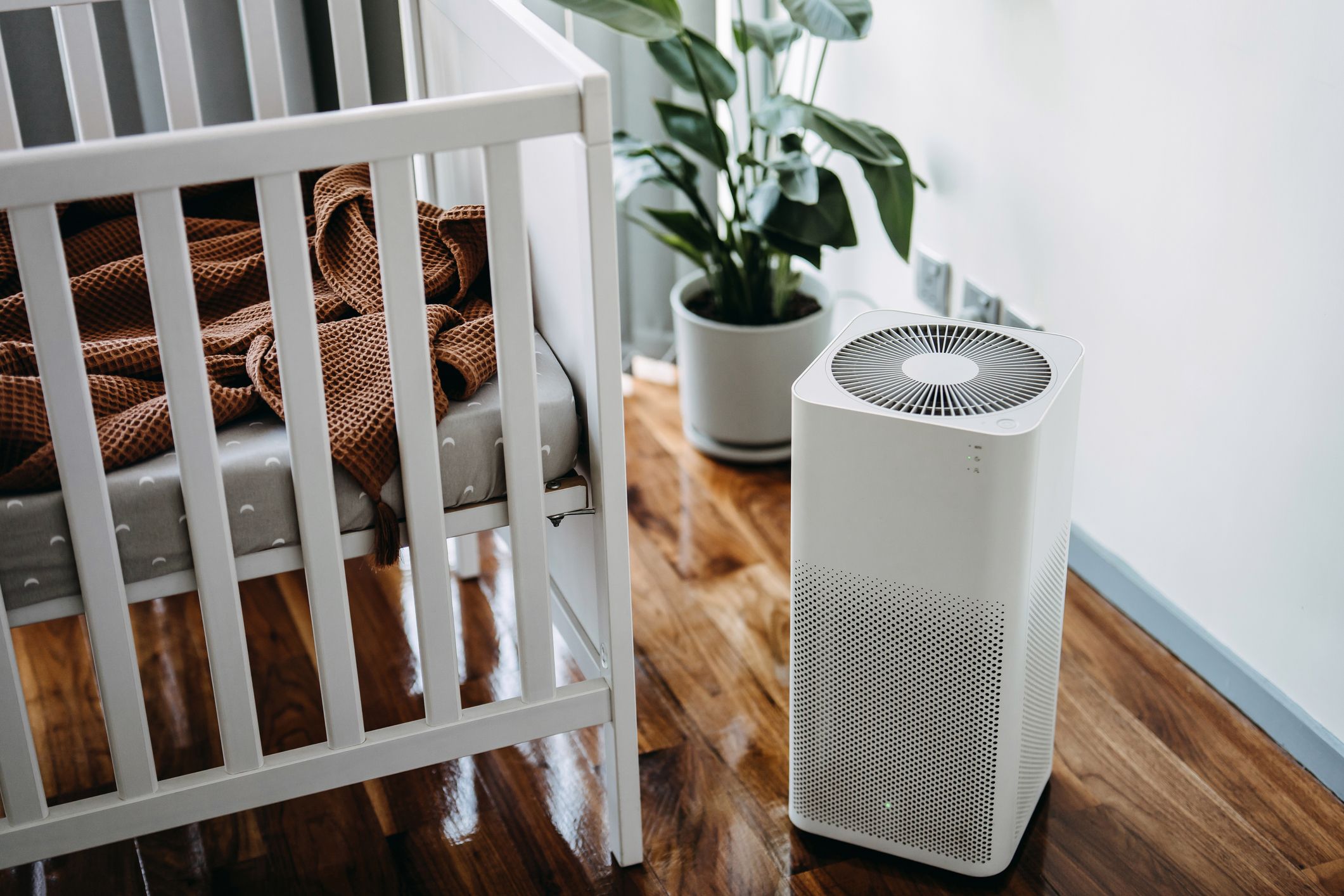In today’s fast-paced world, we often find ourselves spending the majority of our time indoors. Whether it’s at home, in the office, or at school, the quality of the air we breathe can have a significant impact on our health and well-being. This is where air purifiers come into play, providing us with a much-needed breath of fresh air.
Air purifiers are devices designed to remove contaminants from the air, making it cleaner and safer to breathe. They work by trapping pollutants such as dust, pollen, pet dander, smoke, and even harmful bacteria and viruses. With the advancement of technology, air purifiers have become more efficient and effective at improving indoor air quality.
One of the key benefits of air purifiers is their ability to alleviate allergies and respiratory issues. For individuals with allergies or asthma, these devices can be a game-changer. By capturing airborne particles that trigger allergic reactions or respiratory distress, air purifiers create an environment that is much more comfortable and breathable. This is particularly beneficial for those who spend a significant amount of time indoors, such as the elderly, children, or individuals with compromised immune systems.
Another advantage of air purifiers is their ability to remove unpleasant odors from the air. Whether it’s the smell of cooking, pets, or household chemicals, air purifiers can effectively eliminate these odors, leaving your home smelling fresh and clean. This can greatly enhance the overall ambiance of your living space and create a more inviting environment for you and your guests.
Furthermore, air purifiers can play a vital role in reducing the spread of airborne diseases. With the recent global pandemic, the importance of clean and virus-free air has become even more evident. Many air purifiers are equipped with HEPA (High-Efficiency Particulate Air) filters that can capture tiny particles, including viruses and bacteria, helping to prevent their transmission. While air purifiers alone cannot guarantee complete protection against infectious diseases, they can certainly contribute to a healthier indoor environment when used in conjunction with other preventive measures.
When choosing an air purifier, there are a few factors to consider. Firstly, you need to assess the size of the space where the device will be used. Air purifiers come in various sizes and have different coverage capacities, so it’s important to select one that is appropriate for the room you intend to place it in. Additionally, consider the Clean Air Delivery Rate (CADR), which indicates the volume of filtered air the purifier can provide per minute. A higher CADR is generally preferable as it means the device can clean the air more efficiently.
It’s also worth looking into the specific features of different air purifier models. Some devices offer additional filtration layers, such as activated carbon filters that can effectively remove odors and chemicals from the air. Others may include smart features like air quality sensors or remote control functionality. These features can enhance the overall user experience and provide more control over the device’s operation.
In conclusion, air purifiers are invaluable devices for improving indoor air quality and creating a healthier living environment. From alleviating allergies and respiratory issues to reducing unpleasant odors and even helping prevent the spread of diseases, air purifiers offer a wide range of benefits. When selecting an air purifier, consider factors such as room size, CADR, and additional features. With the right air purifier, you can enjoy a breath of fresh air in your home and experience the many advantages it brings to your well-being.

